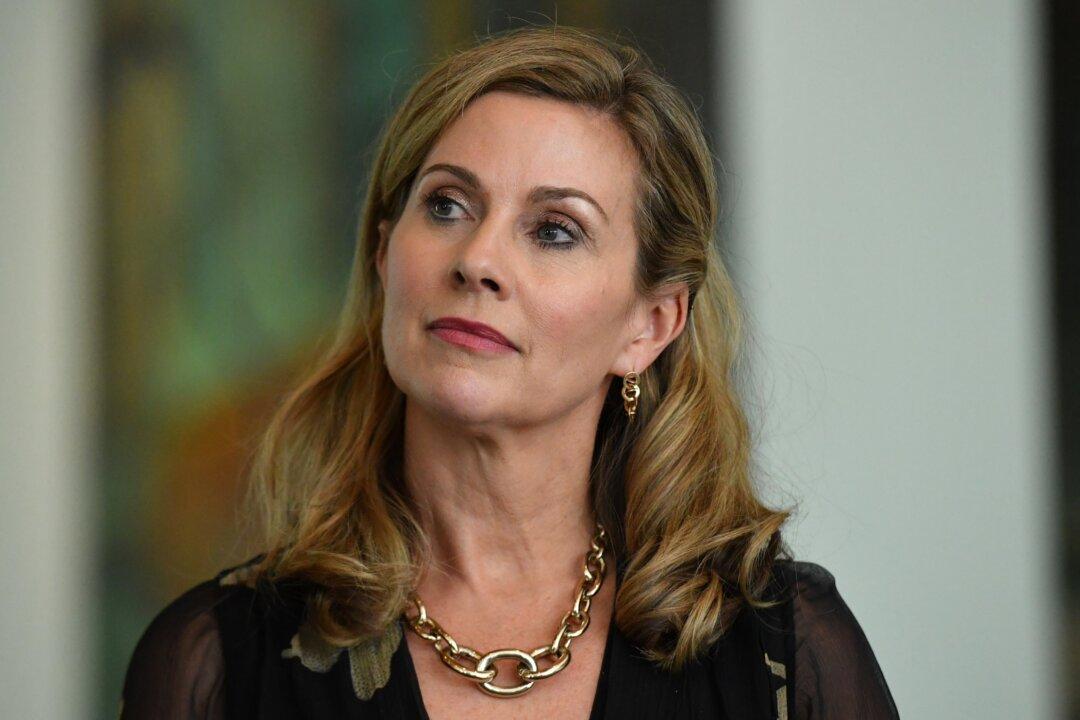A statue of a historical figure in Sydney’s northwest was defaced while Australians gathered to commemorate ANZAC Day.
The words, “Here stands a mass murderer who ordered genocide,” was spray painted onto the statue of Lachlan Macquarie, the fifth governor of New South Wales, at McQuade Park in Windsor.





